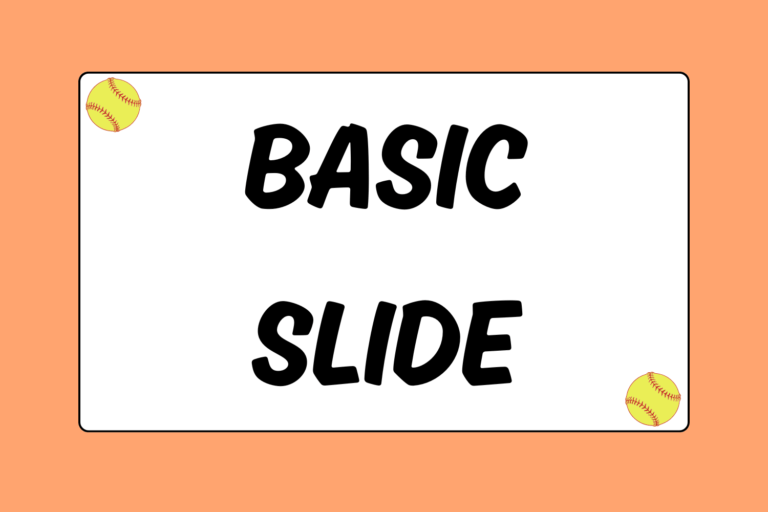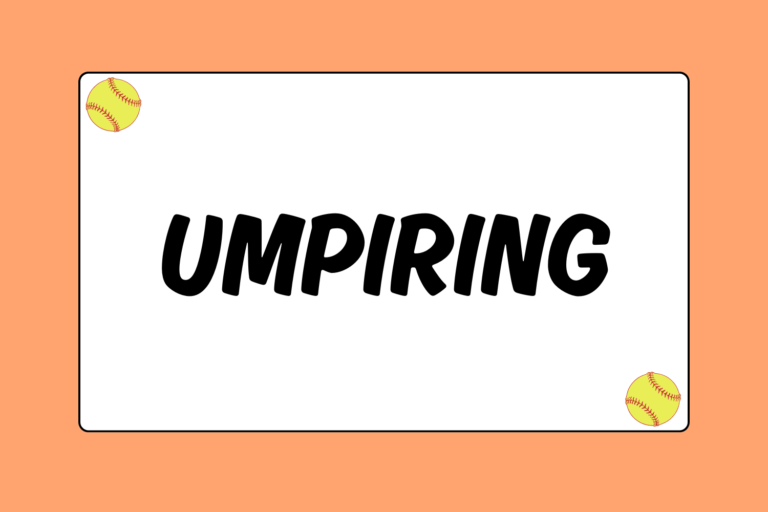Leg strength is a crucial attribute for all softball players. Batters draw from the power in their hips to hit harder. Pitchers draw from the strength in their legs and hips to throw faster. Base runners draw from the strength in their legs to beat out throws and score game-winning runs.
This guide outlines a few leg exercises that are sure to strengthen your legs in no time. All you’ll need are two dumbbells to get started.
Squats
Squats strengthen your glutes, hamstrings, and quads — three power-harboring muscle groups — and can be done both with and without dumbbells. Here’s how to perform a squat:
- Stand with your feet a little wider than shoulder-width apart, legs straight. Don’t completely lock (straighten) your knees.
- What you do with your hands depends on which type of squat you are doing:
- If you are doing bodyweight squats, leave your arms at your sides.
- If you are using dumbbells, grip each dumbbell so your fingers are above the grip, and your thumbs are below. Bend your elbows and raise your hands (gripping the dumbbells) just above your shoulders. Hold the dumbbells there with your palms facing up.
- Ground down through your heels as you sit back (imagine you are sitting back into a chair) until your knees are at 90-degree angles. Your thighs should be parallel to the floor. Your knees should never go forward of your toes and your back should remain straight, bending only at the waist. Gaze up or forward as you sit back.
- If you are doing bodyweight squats, you may raise your arms in front of you to shoulder-height as you squat down. This will help you balance.
- At the bottom of your squat, press through the inside of your feet and ground down through heels as you raise back up. If you are using dumbbells, your hands will remain above your shoulders. If you are not using dumbbells, you can bring your hands to your sides.
- Perform at least three sets of 10-15 repetitions. As you gain strength, opt for heavier dumbbells and/or more sets.
Hot Tip: Mix up Your Squats!
If you want to add variation to your squats, try a squat that works both your legs and arms. You will do each squat exactly as you would do bodyweight squats, but you’ll be holding dumbbells. As you squat down, raise your arms in front of you to shoulder-height. As you return to standing, bring your arms down to your sides.
Lunges
Lunges work your glutes, hamstrings, quads, and calves. With each lunge, it’s important that your lead leg does not bend so much that your knee moves forward of your toes, as that can cause undue stress on your knee. Here’s how to perform a lunge:
- Start with a dumbbell in each hand and your feet together.
- Starting with either leg, take a big step (2-3 feet, depending on height) forward — this is the ‘lunge’ move — so that your leg’s thigh is parallel to the ground. Your back leg should be slightly bent, but it should not touch the ground; you should balance on the ball of that foot.
- Pause for about two seconds, and then push off your front foot and return to your starting position (you will be stepping backwards).
- Then repeat, using the opposite leg as your lead leg. This is one full repetition.
- Repeat two sets of 10-15 repetitions. As you progress, go for more repetitions and/or sets, or increase the weight of the dumbbells you use.
Variations
There are two variations you can do to the front lunge: Back lunges and side lunges.
- Back lunges: To do a back lunge, repeat the same instructions as the front lunge, except that you will be stepping back and then forward with one leg, not forward then backward.
- Side lunges: To do a side lunge, hold only one dumbbell with both hands, centered in front of your body. Start with your feet together and arms relaxed. Step to the side with one foot as far as you can until you feel a deep stretch in your groin area. The stationary leg should be straight, and the knee of your lead leg (the leg you lunged with) should not be forward of your toes.
One-legged Extensions
Extensions will strengthen your calves, quads, and hamstrings. Here’s how to do a one-legged extension; to get the most out of this exercise, do them in front of a mirror to ensure you have proper form:
- Start with your feet together, holding one dumbbell with both hands. Keep your arms relaxed and centered in front of you.
- Keeping one foot firmly planted on the ground, bend forward at the waist and lower the dumbbell to the ground, keeping your back flat as you do. A flat back is crucial to proper form, and will keep you from injuring yourself.
- As you bend forward, the leg that is not planted will raise behind you to counterbalance your forward motion, with your toes pointed straight down at the ground. Look directly in front of you.
- Continue bending forward until both your upper body and extended leg are parallel to the ground; that leg should not splay to the side or rise higher than your waist. At this point, your body should make a “T” shape.
- Return to your starting position, moving your extended leg and upper body back in unison.
- Repeat 10 times, and then switch legs. That is one set. Complete at least two sets.
Step-ups
Step-ups work your calves, hamstrings, and quads. They need to be done on a sturdy surface, like a bench or platform. Here’s how to perform this exercise:
- Start with both feet together, facing your platform. Hold a dumbbell in each hand and relax your arms at your sides.
- Starting with either leg (this will be your lead leg), step up onto the bench. Plant your foot on the bench so your entire foot is in contact with it, then push off through your heel and lift yourself up. Once your back foot lifts off the ground, continue raising it until it is in front of you, and bend your knee so your leg forms a 90-degree angle and your thigh is parallel to the bench. Keep your raised foot flat, so the bottom of the foot parallel to the floor.
- After a two-second pause, lower your raised foot back to the floor, then step entirely off the bench. This is one step-up.
- Perform 10 step-ups with one leg, then switch lead legs and repeat. You may do all 10 reps on each side at once, or alternate between lead legs.
Side Box Jumps
Side box jumps work every muscle in your legs, as well as your core. In order to do them, use a bench or plyometric box:
- Stand directly to the side of your box. Whichever leg is nearest the box will be your lead leg.
- Put your lead foot on the box. Bend at the waist, crouch forward, and bend your lead knee. Bend your elbows and keep your arms close to your sides, making your upper body as compact as possible.
- Grounding down through the ball of your lead foot, lift your body up and replace your lead foot with our back foot. Your lead foot will step down to the other side of the box. Your upper body should remain tight and compact. As your back foot lands on top of the box, allow your knee to bend deeply, absorbing your weight, and land on the ball of your foot.
- Then ground down through the heel that is on the box, and step to the other side of the box, replacing the foot that is on the box. This is one repetition.
- Repeat two sets of 10 repetitions. Once you’ve got the feel for it, try going side-to-side at a faster pace, or increasing the number of reps per set.
Be Dedicated
Elite players don’t get to where they are by going through the motions. Every collegiate and professional player has dedicated endless hours to strength training. If you’re serious about bringing your game to the next level, incorporate these exercises into your routine!





